Bhaleshwor Mahadev

Beez Neez now Chy Whella
Big Bear and Pepe Millard
Mon 2 Apr 2018 22:47
|
Bhaleshwor Mahadev – The
Temple by the Upper Station on the Chandragiri Hill
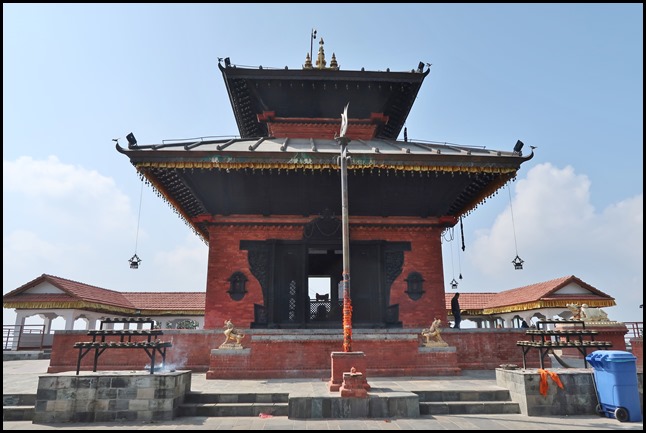 We left the cable car at the upper
station and walked up the hill to the temple - Bhaleshwor
Mahadev
Brief Description on Bhaleshwor
Mahadev as seen on the information board.
Mythological Significance: With
reference to the description written in Himvatkhanda, Bhaleshwor Mahadev
appeared at the spot where Satidevi’s ‘Bhala’ or the forehead fell off from her
dead body. It is believed that Satidevi, Shiva’s consort, gave up her life by
jumping in a fire at her father Daksha Prajapati’s yagna (sacred fire ritual)
after Daksha insulted her husband Shiva in front of scores of gods and goddesses
invited at the religious ceremony. An enraged Shiva then carried her dead body
on his back and walked across the world like a madman for a long span of time,
without taking note of Satidevi’s decaying body. Different ‘shakti-centres’ were
established at sites where different parts of Satidevi’s body fell in the course
of Lord Shiva’s mourning.
A temple was erected at the same
site where Bhaleshwor Mahadev appeared.
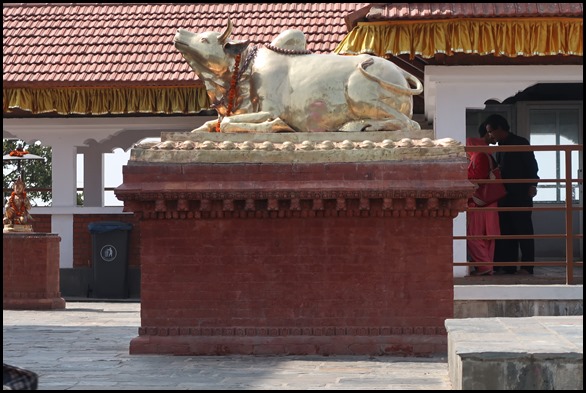 The legend of Bhaleshwor
Mahadev is also associated with Gandharva, a
low ranking Hindu deity, named Sumukha. Sumukha forcedly kissed Rambha, and
angel who had recently retired as a courtier at Heaven, believed to be Indra’s
(king of gods) kingdom. Rambha then cursed Sumukha for his misdemeanour after
which he was forced to live on earth leaving his abode in the heaven. Sumukha
was wandering around the mortal world while living the curse when met a sage,
Galab, who suggested a way out for Sumukha to repent and break the curse. Sage
Galab advised Sumukha that he should offer prayers before Bhaleshwor Mahadev
after purifying himself every day as penance. Fortunately, in due course,
Mahadev was pleased and he blessed Sumukha, following which he settled down with
Rambha. Sumukha was also taken in as a close aide by Mahadev.
The Himvatkhanda also has another
folklore tied in with the Bhaleshwor Mahadev. A Brahmin named Birupas was
suffering from leprosy as a result of the sins he had committed in his past
life. The leper Birupas was wandering aimlessly in his misery when he came
across Sage Nemuni who advised him to visit 64 different Shiva
temples.
It is believed that the people
who come here to worship Bhaleshwor get their wishes fulfilled and that they
will find abode in the Shivaloka or Lord Shiva’s world in their after
life.
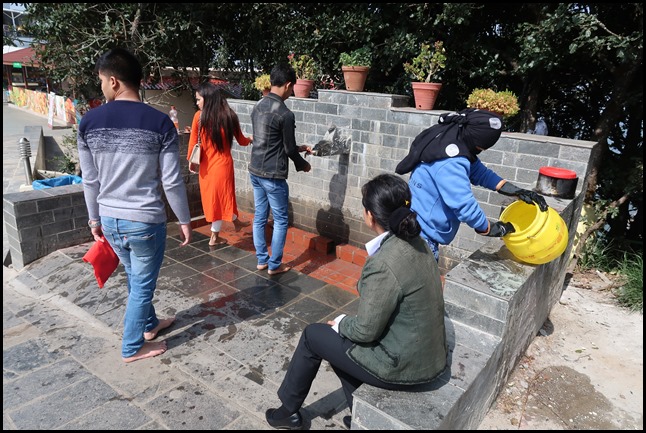 Too chippy to take our shoes off to go
in to the temple, we admired those that also washed their
feet in the really cold water
 We did like the wheelbarrow though
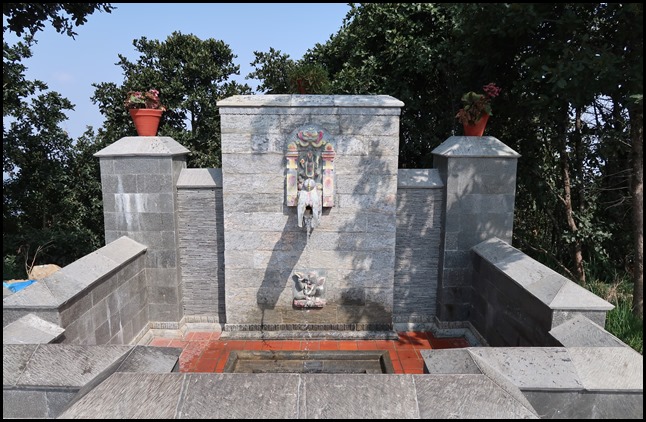 The water
feature
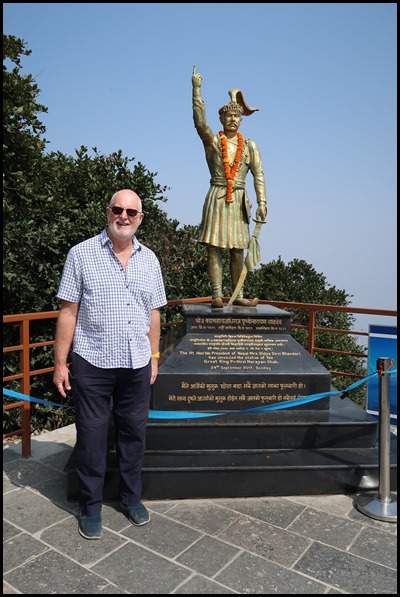 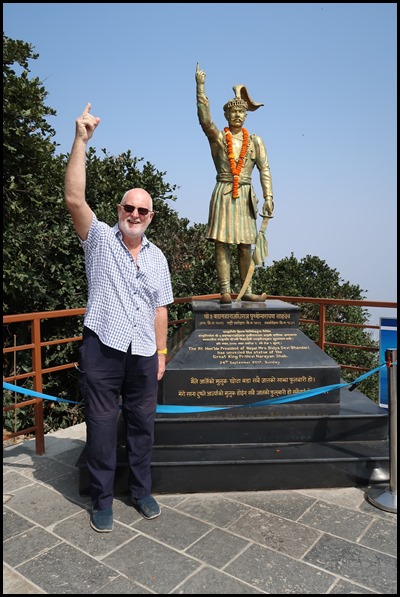  Of course he
did.....
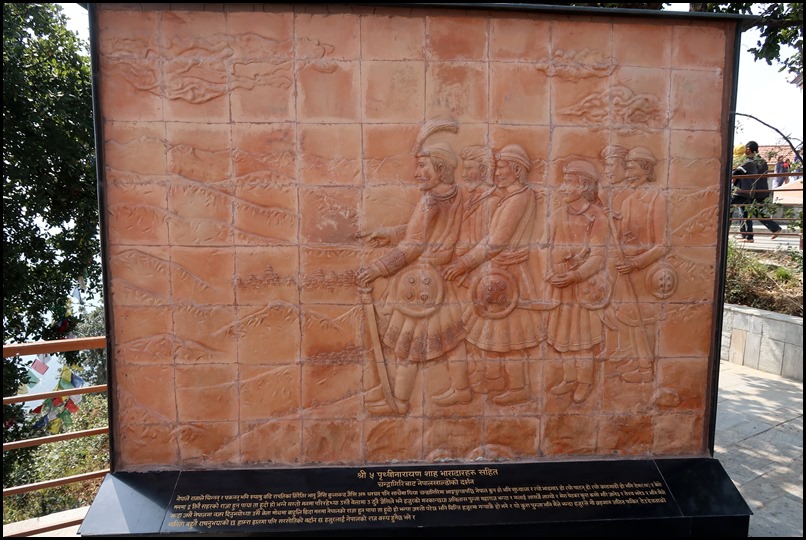 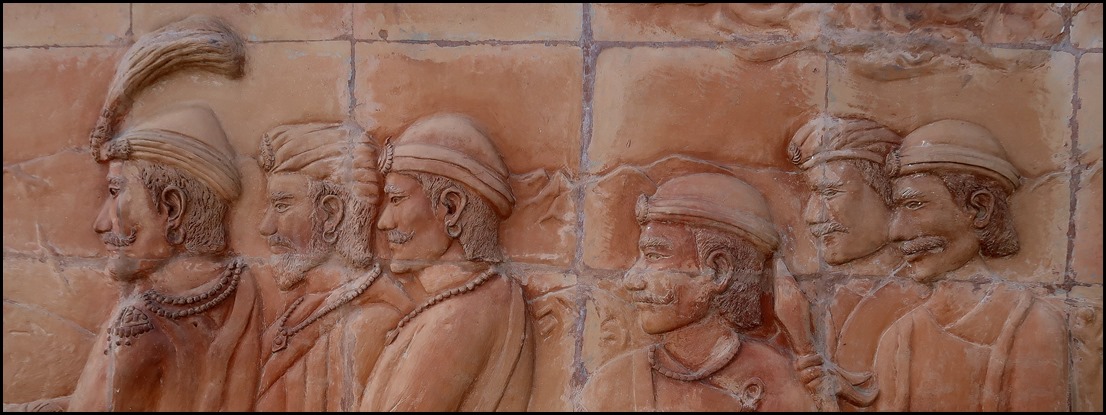 Historical Significance:
Chandragiri hills carry historical significance as well. It was from these hills
that King Prithivi Narayan Shah caught the first glimpse of a much scenic and
prosperous Kathmandu Valley, which in fact instilled in the king’s mind an idea
of annexing the valley into his kingdom. According to folklore, Prithivi Narayan
Shah is believed to have amassed spiritual powers for unification process after
undergoing rigorous ‘sadhana’ or meditation at these very hills. The Gorkhali
King disguised himself while ascending the hills in order to avoid being
recognized by the Malla Kings of Kathmandu Valley.
In his ‘Divyopadesh’ (Divine
Preaching), it has been mentioned that King Prithivi Narayan Shah was determined
to first annex and then make Kathmandu the capital of unified Nepal. He
apparently first saw the valley while on his way back to his kingdom in Gorkha
from his in-law’s realm in Makwanpur. Astrologers Bhanu Aryal and Kulananda
Dhakal who accompanied the king during that trip had made a prediction that
their king’s wish to takeover Kathmandu would definitely come true. AS per
popular belief, pleased with his perseverance and Sadhana, it was Bhaleshwor
Mahadev that granted King Prithivi Narayan Shah his wishes.
(Based on the study of Professor
Dinesh Raj Panta).
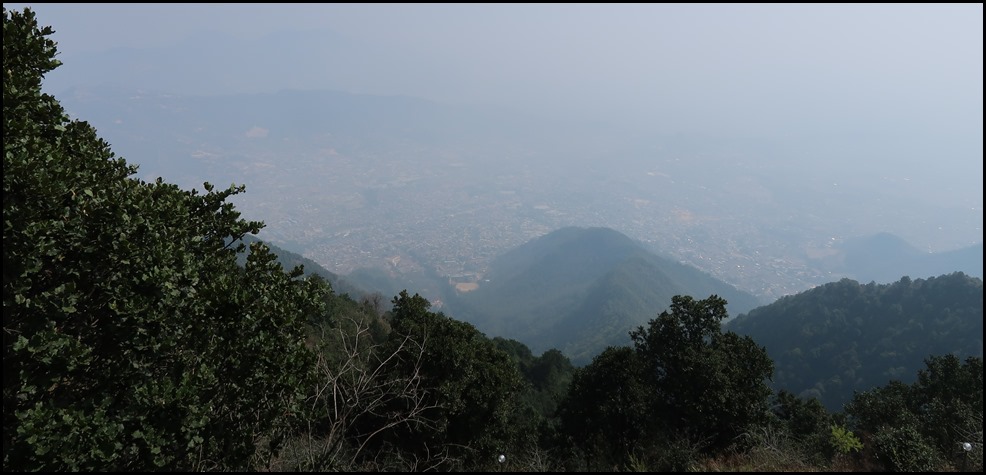 From the far corner we would have had
an amazing view over the Kathmandu
Valley but sadly, too hazy.
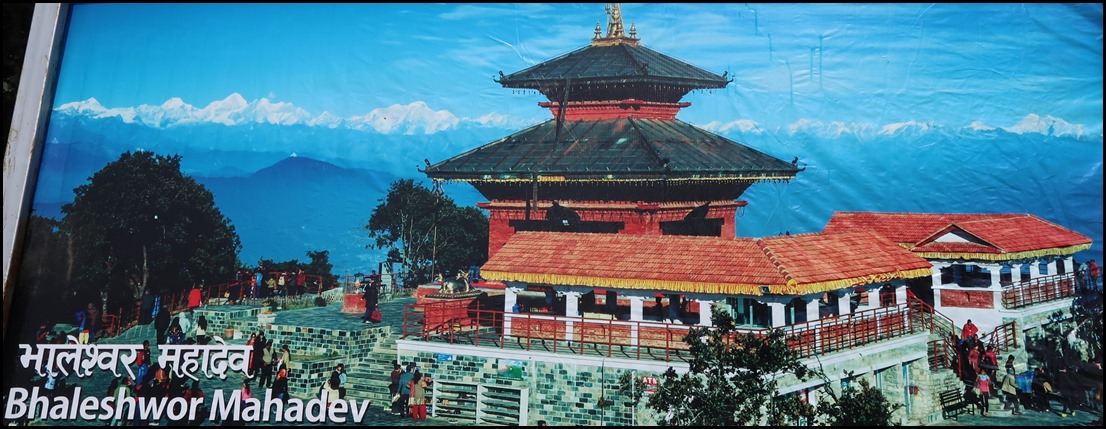 We had to go back
to the information board to see what the mountains would look like on a clear day.
ALL IN ALL A NICE BIMBLE AROUND A COMPLEX
STORY
RATHER NICELY SET
OUT |